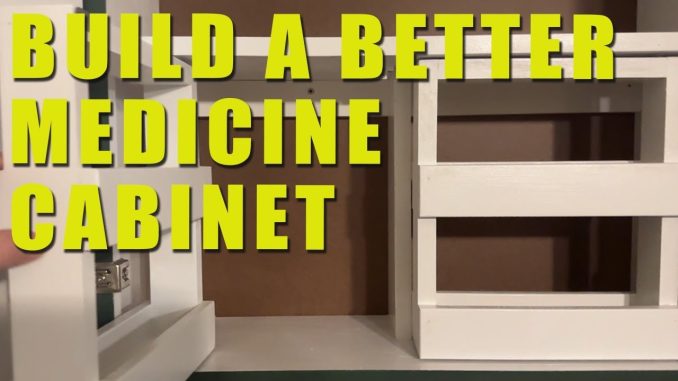
Building a minimalist medicine cabinet is a thoughtful exercise in balancing preparedness with simplicity. In a world where consumerism often encourages us to stockpile products “just in case,” the idea of paring down to essentials can feel counterintuitive. Yet, a streamlined medicine cabinet not only reduces clutter but also promotes intentional living and smarter health management. It’s about having what you need—when you need it—without being overwhelmed by excess. The process begins with understanding your personal health needs and curating a selection of items that support everyday wellness and occasional emergencies.
The foundation of a minimalist medicine cabinet lies in identifying the core categories of care. These typically include pain relief, wound treatment, digestive support, allergy management, and cold or flu remedies. Rather than stocking multiple brands or variations of the same product, the goal is to choose reliable, multipurpose items that serve a clear function. For example, instead of keeping three different types of painkillers, selecting one that’s effective for both headaches and muscle aches simplifies your inventory. This approach not only saves space but also reduces the risk of expired or forgotten medications accumulating over time.
Personalization is key to making your medicine cabinet truly functional. A minimalist setup doesn’t mean adopting a one-size-fits-all model—it means tailoring your supplies to your lifestyle and health profile. Someone with seasonal allergies might prioritize antihistamines and nasal sprays, while a parent with young children may need pediatric formulations and fever reducers. Athletes or active individuals might include muscle rubs or blister treatments. The idea is to build around your actual needs rather than hypothetical scenarios. This requires a bit of reflection and perhaps even tracking what you’ve used over the past year to identify patterns and eliminate redundancies.
Storage plays a significant role in maintaining a minimalist medicine cabinet. A cluttered or disorganized space can undermine even the most carefully curated selection. Choosing a designated area that’s cool, dry, and easily accessible helps preserve the integrity of your medications and encourages regular upkeep. Transparent containers or labeled compartments can make it easier to find what you need quickly, especially in urgent situations. It’s also wise to keep a small notebook or digital record of expiration dates and refill reminders. This habit ensures that your cabinet remains current and prevents the accumulation of outdated products that no longer serve a purpose.
Minimalism also encourages a shift in mindset—from reactive to proactive health management. Instead of waiting for illness to strike, a well-maintained cabinet supports preventive care. Items like thermometers, basic supplements, and hydration aids can help you monitor and maintain wellness before symptoms escalate. For example, having electrolyte packets on hand during flu season or after intense workouts can prevent dehydration and support recovery. Similarly, stocking a reliable digital thermometer allows you to assess fevers accurately and make informed decisions about seeking medical attention. These tools don’t take up much space but offer significant value in maintaining health.
Another benefit of a minimalist medicine cabinet is the opportunity to focus on quality over quantity. With fewer items to manage, you can invest in products that are well-reviewed, effective, and safe. This might mean choosing a trusted brand for your pain reliever or opting for natural remedies that align with your wellness philosophy. It also opens the door to exploring alternative approaches, such as essential oils or herbal teas, which can complement traditional medicine in a thoughtful way. The key is to remain informed and discerning, ensuring that every item in your cabinet has a clear purpose and meets your standards for efficacy and safety.
Regular maintenance is essential to keeping your medicine cabinet minimalist and functional. Setting aside time every few months to review contents, check expiration dates, and restock essentials helps prevent clutter and ensures readiness. It’s also a chance to reassess your needs. Perhaps you’ve developed a new allergy, started a fitness regimen, or moved to a different climate—all of which can influence what you keep on hand. This ongoing evaluation reinforces the minimalist principle of intentionality, ensuring that your cabinet evolves with you rather than becoming a static repository of forgotten items.
Building a minimalist medicine cabinet is not about deprivation—it’s about empowerment. It’s a way to take control of your health environment, reduce waste, and create a space that supports well-being without unnecessary complexity. In a business context, this mindset translates to efficiency, clarity, and strategic resource management. Just as professionals streamline operations to focus on what drives value, individuals can curate their personal health tools to reflect what truly matters. The result is a medicine cabinet that’s not only tidy and efficient but also deeply aligned with your values and lifestyle. It’s a small but meaningful step toward living with purpose and clarity.